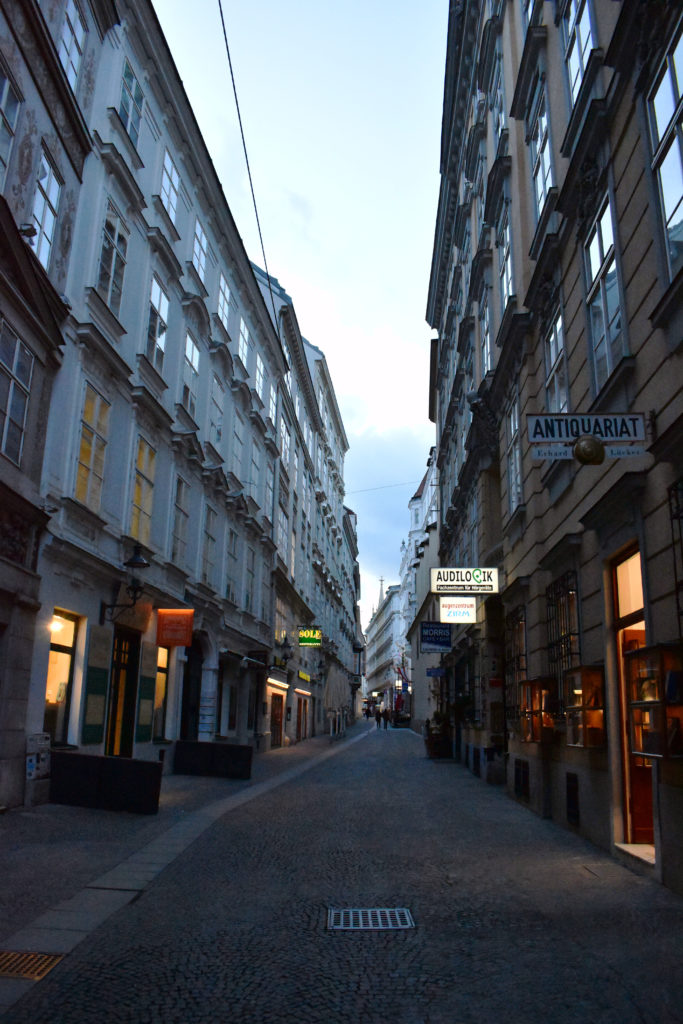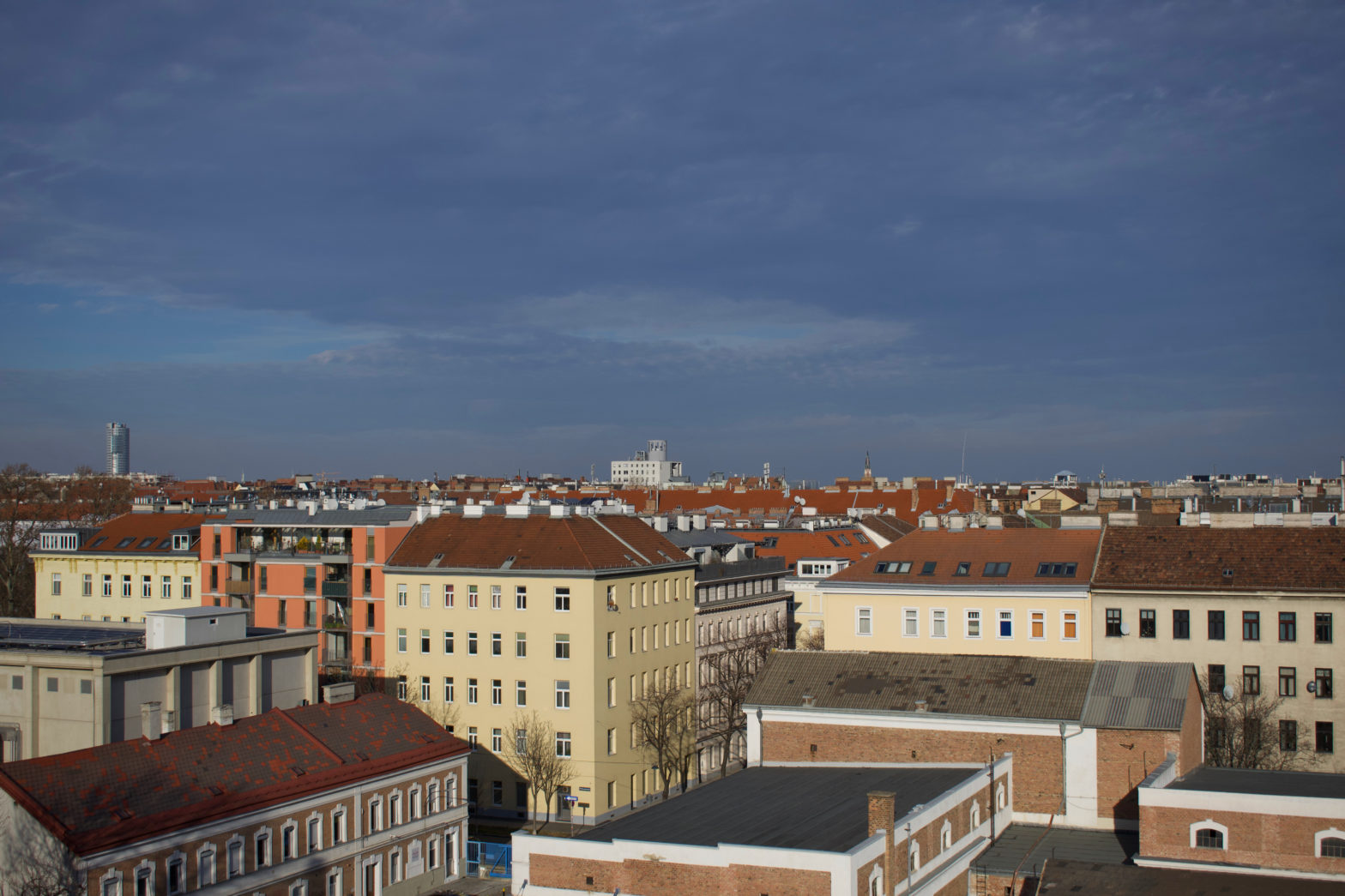Grüß Gott! (a common Austrian greeting). This week marks my third week in Vienna. That means I’ve been here long enough to share some of my favorite Austrian cultural norms with you!
Environmentalism
One of the first instructions I received upon moving into my apartment was how to properly dispose of our garbage. You may be thinking, “Really? What college student doesn’t know how to take out the garbage?” Come to think of it, I may know a few. All jokes aside, recycling and reusing goods is hugely important in Austria. There are separate receptacles for plastics, glass, cardboard, and food. The goods in these bins are repurposed and reduce landfill waste. All other garbage goes in a large bin that goes to the landfill. Though each apartment complex has a garbage room, the receptacles are abundant throughout the city of Vienna. This keeps the city clean and the environment healthy at the same time.
Accessibility
Another one of my favorite Austrian cultural norms is accessibility. Vienna is an incredibly accessible city from quite a few standpoints. First, individuals with mobility issues have equal and easy access to public transportation. The tram, U-bahn, and S-bahn are wheelchair accessible. Moreover, there are designated seats for individuals with mobility issues. The best part: people actually leave these seats open for those who need it.
Similarly, there are tactile and auditory aids to assist blind individuals in crossing the street. These crossing indicators exist on every street that has a stop light. When it’s unsafe to cross, the indicators tick loudly at a consistent rhythm. In addition, the indicator box vibrates at the same rate that it ticks. This assists someone who is also deaf or is unable to hear over the traffic noise. Then, when it’s safe to cross, the pace of the ticking and vibrating increases. Lastly, when there are only a few seconds left to cross, the ticking and vibrating becomes intermittent. These are only a few examples of accessibility in Vienna. But, they are accessibility features that I would love to bring back to the US.
The German Stare
Last but certainly not least, the German stare. I’m guessing that when you were little, almost all of you were taught that it’s rude to stare. In Austria? Quite the opposite. In Austria, it is normal to stare at people. Actually, it’s strange not to stare and is more likely to give you away as a foreigner. Austrians stare intently at people they find interesting. They try to figure out the mystery behind this person: who are they, where do they come from, etc? On my third day in Austria, I stood in the U-bahn and experienced a good 15 minute stare down from a man roughly my age. As an American, I felt a bit unnerved. Is he plotting how to pickpocket me? Am I wearing something weird? After spending more time in Vienna, I realized that this man likely just found me intriguing.
Since then, I’ve come to appreciate the German stare. In truth, staring at strangers makes for a much more engaging journey to and from class. You are free to make any and all judgments with your best poker face as another stranger does the same to you. Needless to say, it’s a concept I think I will test out in the US. Though, I don’t imagine it going well.



